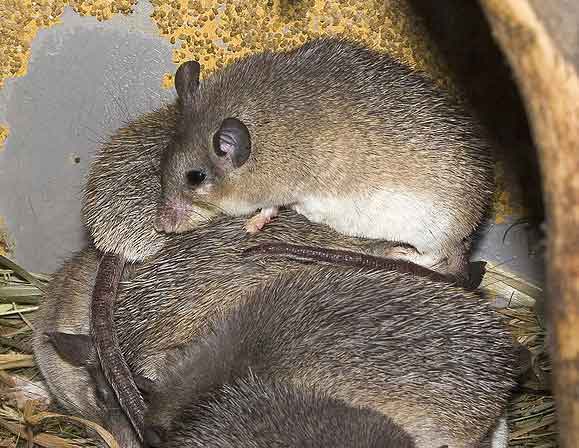
Acomys cilicicus (*)
Superregnum: Eukaryota
Regnum: Animalia
Subregnum: Eumetazoa
Cladus: Bilateria
Cladus: Nephrozoa
Superphylum: Deuterostomia
Phylum: Chordata
Cladus: Craniata
Subphylum: Vertebrata
Infraphylum: Gnathostomata
Superclassis: Tetrapoda
Cladus: Reptiliomorpha
Cladus: Amniota
Cladus: Synapsida
Cladus: Eupelycosauria
Cladus: Sphenacodontia
Cladus: Sphenacodontoidea
OrdoTherapsida
Cladus: Theriodontia
Subordo: Cynodontia
Cladus: Mammaliaformes
Classis: Mammalia
Subclassis: Trechnotheria
Infraclassis: Zatheria
Supercohort: Theria
Cohort: Eutheria
Cohort: Placentalia
Cladus: Boreoeutheria
Superordo: Euarchontoglires
Ordo: Rodentia
Subordo: Myomorpha
Superfamilia: Muroidea
Familia: Muridae
Subfamilia: Deomyinae
Genus: Acomys
Species: Acomys cilicicus
Name
Acomys cilicicus Spitzenberger, 1978
References
Acomys cilicicus Spitzenberger, 1978 – Taxon details on Integrated Taxonomic Information System (ITIS).
IUCN: Acomys cilicicus Spitzenberger, 1978 (Critically Endangered)
Vernacular names
English: Asia Minor Spiny Mouse
Türkçe: Anadolu dikenli faresi
The Asia Minor spiny mouse (Acomys cilicicus) is a species of rodent in the family Muridae.[2]
Description
Acomys cilicicus is a small terrestrial and social rodent, living in large groups. The head and the body reach a length of 104–121 mm (4.1–4.8 in), with a tail of about 102–117 mm (4.0–4.6 in) and a weight up to 48 g.[3]
The upper side of the body is dark gray, with purple reflections, while the lower sides are yellowish-white and the flanks are light brown. The tail is hairless, scaly and shorter than the head and body. The chromosome number is 2n = 36.
In captivity, these mice reproduce and live for about four years. Since this species was previously considered endangered, a protection program is in place and government permission is needed for export from Turkey. Only a few zoos in the world have individuals of this species (Chester, Riga, Prague, Tallinn and Helsinki Zoo).
This species is related to the Cairo spiny mouse (Acomys cahirinus) and the Cyprus spiny mouse (Acomys nesiotes), but significant morphological differences are seen.
A. cilicicus
A. cilicicus
A. cilicicus in Africasia House at Korkeasaari Zoo in Helsinki
Distribution
This species is endemic to Turkey. It is known only from the type locality 17 km east of the Turkish town of Silifke, located in the south-west of Mersin, along the southern coast of Turkey.
Habitat
Its natural habitat is temperate forests, but this species is also lives close to human dwellings.
Conservation status
A. cilicicus was previously listed as Critically Endangered, but is now considered Data Deficient because of taxonomic issues, as it may be the same species as the widespread and common northeast Cairo spiny mouse, A. cahirinus.[1]
References
Gerrie, R.; Kennerley, R. (2019). "Acomys cilicicus". IUCN Red List of Threatened Species. 2019: e.T264A22453458. doi:10.2305/IUCN.UK.2019-1.RLTS.T264A22453458.en. Retrieved 17 November 2021.
Musser, G.G.; Carleton, M.D. (2005). "Superfamily Muroidea". In Wilson, D.E.; Reeder, D.M (eds.). Mammal Species of the World: A Taxonomic and Geographic Reference (3rd ed.). Johns Hopkins University Press. pp. 894–1531. ISBN 978-0-8018-8221-0. OCLC 62265494.
Stephan Aulagnier & Al. - Guide des mammiferes d'Europe, d'Afrique du Nord et du Moyen-Orient - Delachaux & Niestlé SA, Paris
Retrieved from "http://en.wikipedia.org/"
All text is available under the terms of the GNU Free Documentation License

